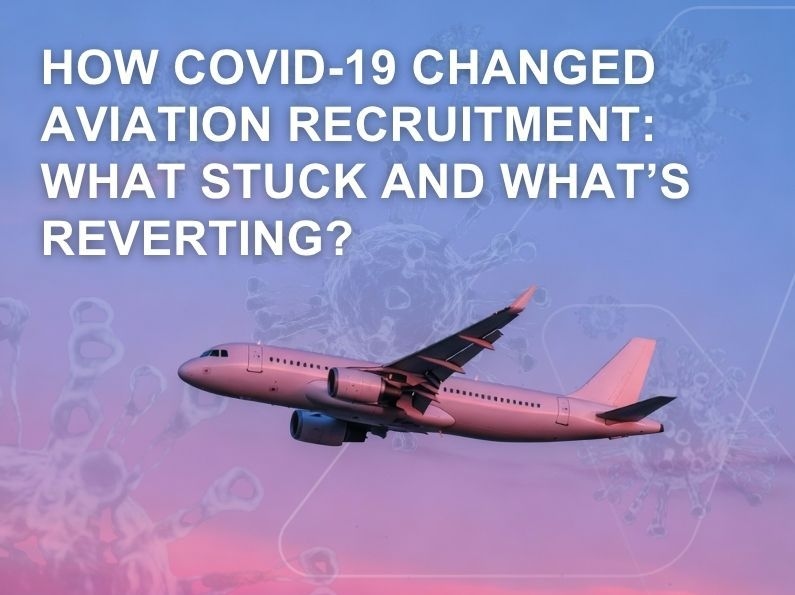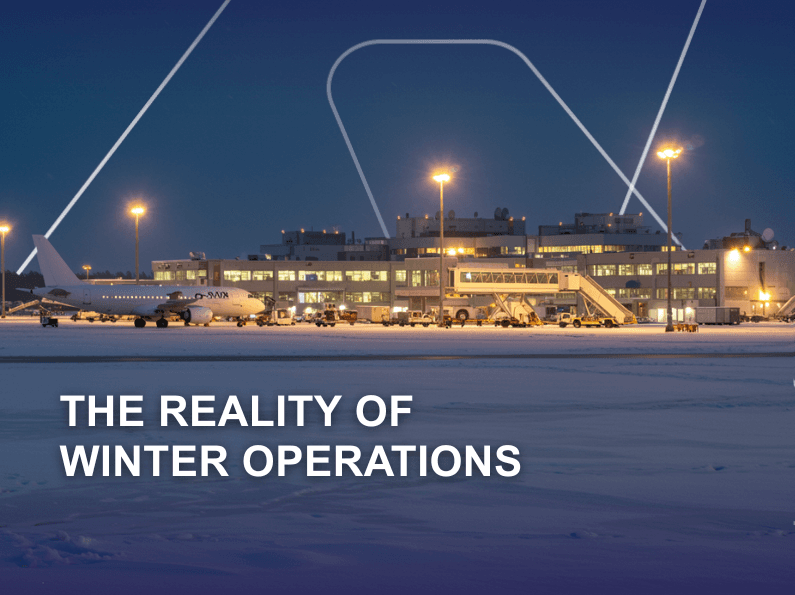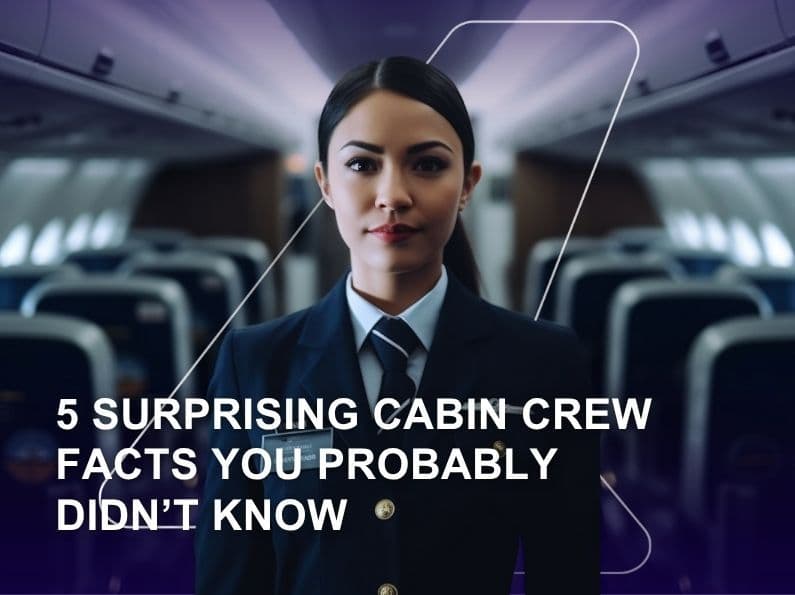How COVID-19 Changed Aviation Recruitment: What Stuck and What’s Reverting?

Few industries were reshaped as profoundly by the COVID-19 pandemic as aviation. Practically overnight, airlines grounded fleets, paused hiring, and faced one of the biggest workforce disruptions in modern history. Five years on, as air travel surpasses pre-pandemic levels, the recruitment landscape looks very different from what it once was.
At MHC Aviation, we’ve had a front-row seat to this evolution: supporting airlines, MROs, and aviation professionals through both the turbulence and recovery. Here’s how aviation recruitment has changed, and which shifts are here to stay.
1. The Rise of Flexible Contracts and Global Talent Pools
Before 2020, aviation hiring was largely tied to geography. Today, airlines are increasingly open to flexible crew bases, short-term contracts, and cross-border talent mobility. With the resurgence of ACMI operators and seasonal demand peaks, flexibility isn’t just an advantage; it’s a necessity.
Recruiters now look far beyond national borders to fill flight decks, cabin crews, and technical positions. This globalization of the workforce has allowed carriers to scale up faster, and professionals to find more diverse career paths.
2. Virtual Recruitment Is the New Normal
The pandemic forced a rapid shift to virtual interviews, digital onboarding, and remote assessments. What began as an emergency measure has evolved into a standard practice.
Airlines and service providers have embraced digital platforms not only for efficiency but also for access: candidates can now be screened, assessed, and hired from anywhere in the world. What remains crucial, however, is the human element, ensuring digital recruitment still reflects the company culture and values.
3. Skill Diversity and Upskilling Became Non-Negotiable
COVID-19 blurred traditional job lines. As operations scaled down, professionals found themselves adapting to new responsibilities, a maintenance engineer assisting in operations, or a recruiter managing compliance.
Post-pandemic, that adaptability has become one of the most sought-after traits in candidates. Upskilling and cross-training are now central to workforce resilience, helping organizations remain agile in a rapidly changing market.
4. The Return of Human Connection
While technology has streamlined processes, one thing the pandemic reminded the industry of is the importance of people. Retention, engagement, and wellbeing are once again at the forefront of HR strategies.
The best aviation employers today are those that balance efficiency with empathy, recognizing that a sustainable workforce depends on more than just filling vacancies.
5. What’s Reverting AND WHY?
Certain aspects of recruitment are returning to their roots. In-person assessments, simulator evaluations, and on-site interviews are making a comeback for safety-critical roles. These steps ensure that cultural fit and hands-on competence aren’t lost in the digital shuffle.
But even as some traditions return, the overall recruitment philosophy has changed for good: faster, more flexible, and more people-centric.
Moving Forward
At MHC Aviation, we work on both sides of that equation. For aviation professionals, we provide guidance, career opportunities, and long-term support that help them grow in an evolving industry. For our clients, including airlines, MROs, and aviation service providers, we deliver strategic workforce solutions that go beyond filling roles: building teams that are flexible, well-matched, and ready to perform from day one.
Our goal is to connect people and organizations in ways that strengthen the entire ecosystem, creating a workforce that’s as agile, global, and forward-thinking as the aviation industry itself.



